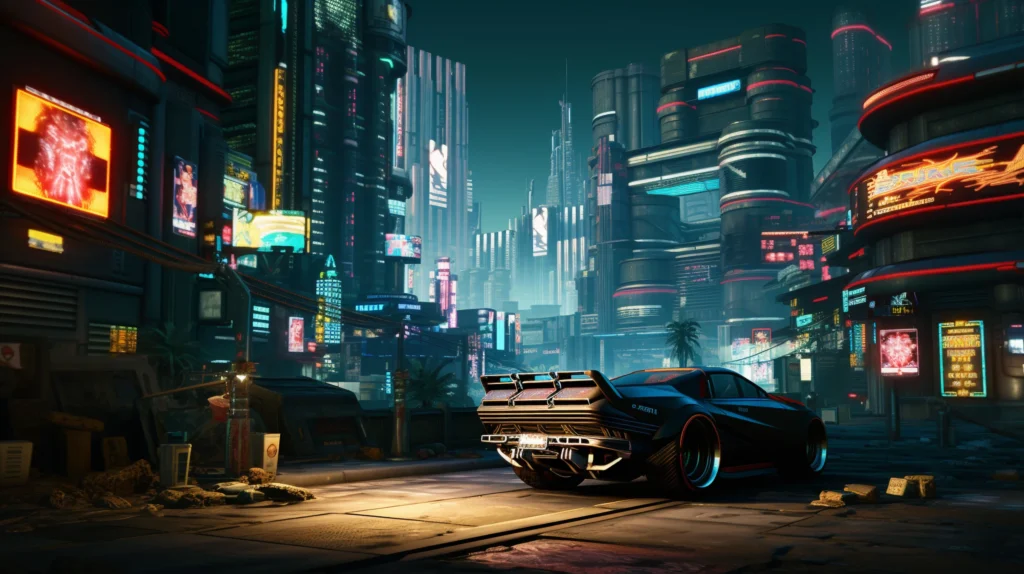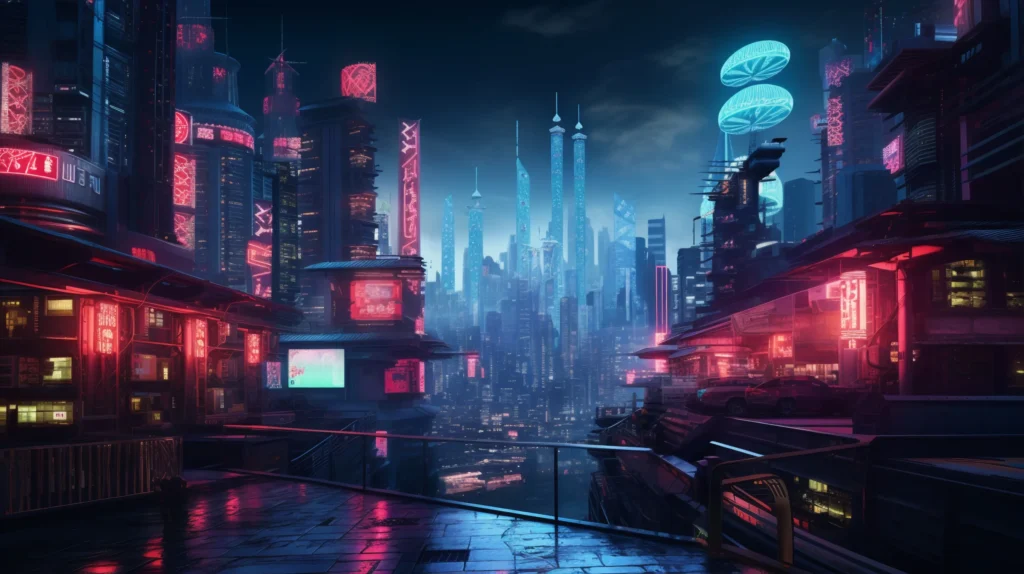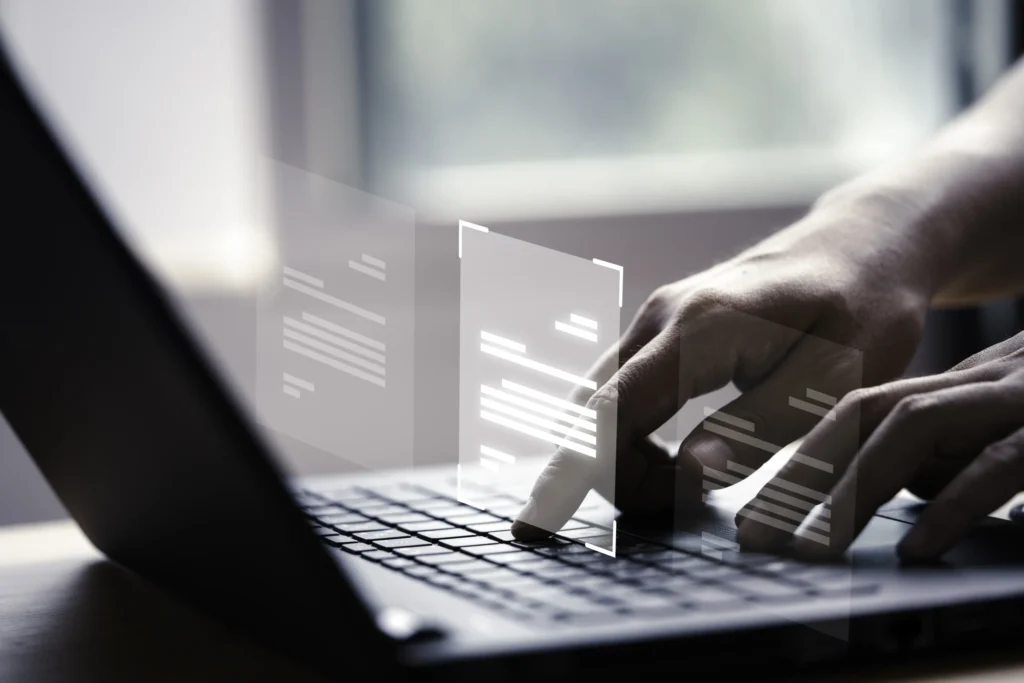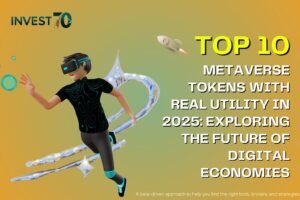Blockchain vs. Traditional RWA: 7 Key Differences That Are Changing the Game
Blockchain RWA vs. Traditional Finance: 7 Big Differences You Should Know
The idea of putting real-world assets (RWAs) on the blockchain is no longer just a crypto daydream—it’s showing up in pilot projects, boardroom pitches, and startup decks across the globe. But what’s actually different? What’s better, what’s worse, and what still needs serious work? Here’s a no-hype breakdown of how blockchain is reshaping RWA and what is blockchain RWA impact—and where it still hits walls.


1. Accessibility: From Wall Street to Everyone’s Street in Blockchain RWA Impact
- Traditional RWA:
Real estate, debt, art—it’s typically a rich person’s game. If you don’t have the capital (or connections), you’re locked out. - Blockchain RWA:
Tokenization lowers the bar. Buy a sliver of a luxury building like you’d buy a meme coin. In theory, a small farmer in Peru could finance crops from a lender in Berlin. That’s next-level democratization.
Verdict:
Blockchain dramatically improves access—but regulation still keeps some doors shut.


2. Speed & Settlement: Bye, Paperwork
- Traditional RWA:
Transactions take days—or weeks. You’re faxing forms, dealing with intermediaries, and waiting for approvals. - Blockchain RWA:
Smart contracts automate settlement. Ownership changes hands instantly (at least on-chain), and platforms run 24/7—no banker’s hours.
Verdict:
Blockchain wins big here—but only if the legal infrastructure catches up.


3. Transparency: No More “Missing” Documents
- Traditional RWA:
Paper trails get lost. Deals happen behind closed doors. Audits are painful. - Blockchain RWA:
Every transaction gets logged immutably. You can trace ownership, transfers, and terms without calling a lawyer.
Verdict:
Major upgrade—transparency boosts trust in fragmented markets.

4. Liquidity: Turning Concrete into Clicks
- Traditional RWA:
Illiquid by nature. Selling a warehouse? That’s a process. - Blockchain RWA:
Tradeable tokens mean you can sell your slice of a building—or a loan—much faster. Some platforms already offer secondary markets.
Verdict:
Still early days, but blockchain has a clear edge—once the market matures.
5. Legal Landscape: Enter the Gray Zone
- Traditional RWA:
Clear(ish) legal structures exist. Courts know what to do with paper deeds and contracts. - Blockchain RWA:
Who owns a tokenized asset across jurisdictions? What happens if something goes wrong? The rules aren’t clear—and they vary wildly by country.
Verdict:
Big win for TradFi here—until regulation catches up.

6. Off-Chain Dependency: Blockchain Doesn’t Clean Toilets
- Traditional RWA:
Grounded in the physical world—buildings, crops, contracts. And everything happens through local systems. - Blockchain RWA:
You can tokenize a condo, but someone still has to fix the plumbing. On-chain records don’t replace off-chain obligations.
Verdict:
Blockchain can’t escape reality—yet.
7. User Experience: Clunky Meets Confusing
- Traditional RWA:
Complicated, yes. But familiar. Lawyers and bankers handle the mess. - Blockchain RWA:
You need wallets, bridges, tokens, and maybe even a DAO membership. For most users, it’s still intimidating.
Verdict:
The tech needs polish. Mass adoption won’t happen until it’s frictionless.
Where Are We Headed?
Right now, blockchain RWA is in its “dial-up” phase. Lots of promise, lots of friction. But the momentum is real.
What’s missing? Regulation, user-friendly platforms, and trustworthy custodians. Once those fall into place, the idea of buying a piece of Tokyo real estate from your phone—no bank, no paperwork—might become as normal as sending a text.
Final Thoughts: Is Blockchain RWA Hype or the Future?
Honestly? A little of both.
The benefits are real: faster transactions, global access, reduced costs. But the barriers are real too—legal confusion, tech hurdles, off-chain messiness.
Still, if you’re betting on a world where assets move as easily as email, blockchain’s role in RWA isn’t just likely—it’s inevitable.
Relevant Link : Debunking the Blockchain RWA Hype: What’s Real, What’s Not




